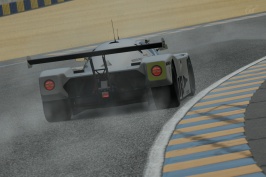- 629

- Puerto Rico
Please post your cars, thrashing about, here at Le Mans!
 Dino 246 GT 1972 24 Hours of Le Mans by Metalsun1, on Flickr
Dino 246 GT 1972 24 Hours of Le Mans by Metalsun1, on Flickr
 Dino 246 GT 1972 24 Hours of Le Mans by Metalsun1, on Flickr
Dino 246 GT 1972 24 Hours of Le Mans by Metalsun1, on FlickrAs a natural progression of car racing, cars will get faster, so race tracks will need to change to slow the cars and protect the drivers. The Circuit de la Sarthe was no exception and in 1972 it had another transformation. The public road, by a white house (“Maison Blanche”), that cars raced by, was re-routed into what is now called the Porsche Curbs. Here, I recreated a Dino 246GT racing in this new road during the 1972 24 Hours of Le Mans. The 246GT came to be at Enzo Ferrari’s interest in racing in FIA Formula 2. Back then, a “true” Ferrari’s motivation was of the 12 cylinder flavor, so in honor of the 6 cylinder engine co-designer, the car was badged as a Dino, Ferrari’s then deceased son. In this race, the Dino 246GT, no. 46, chassis no. 02678, reached its most prestigious position in its racing history. The car formed part of Luigi Chinetti’s privateer team, the North American Racing Team (N.A.R.T.) and driven by Gilles Doncieux, Pierre Laffeach and Yves Forestier, to a 17th place overall finish, 7th in class.
Last edited:

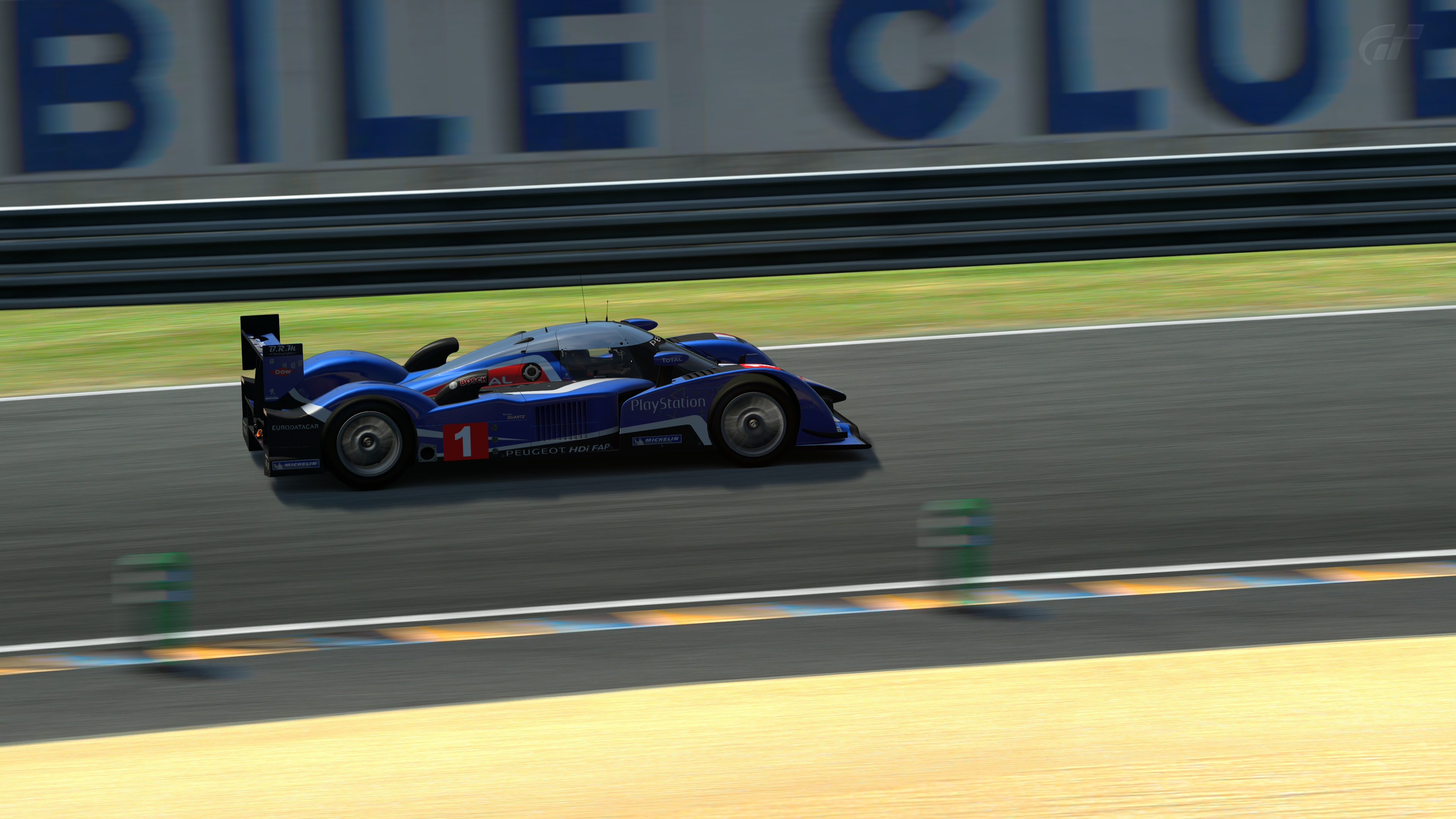
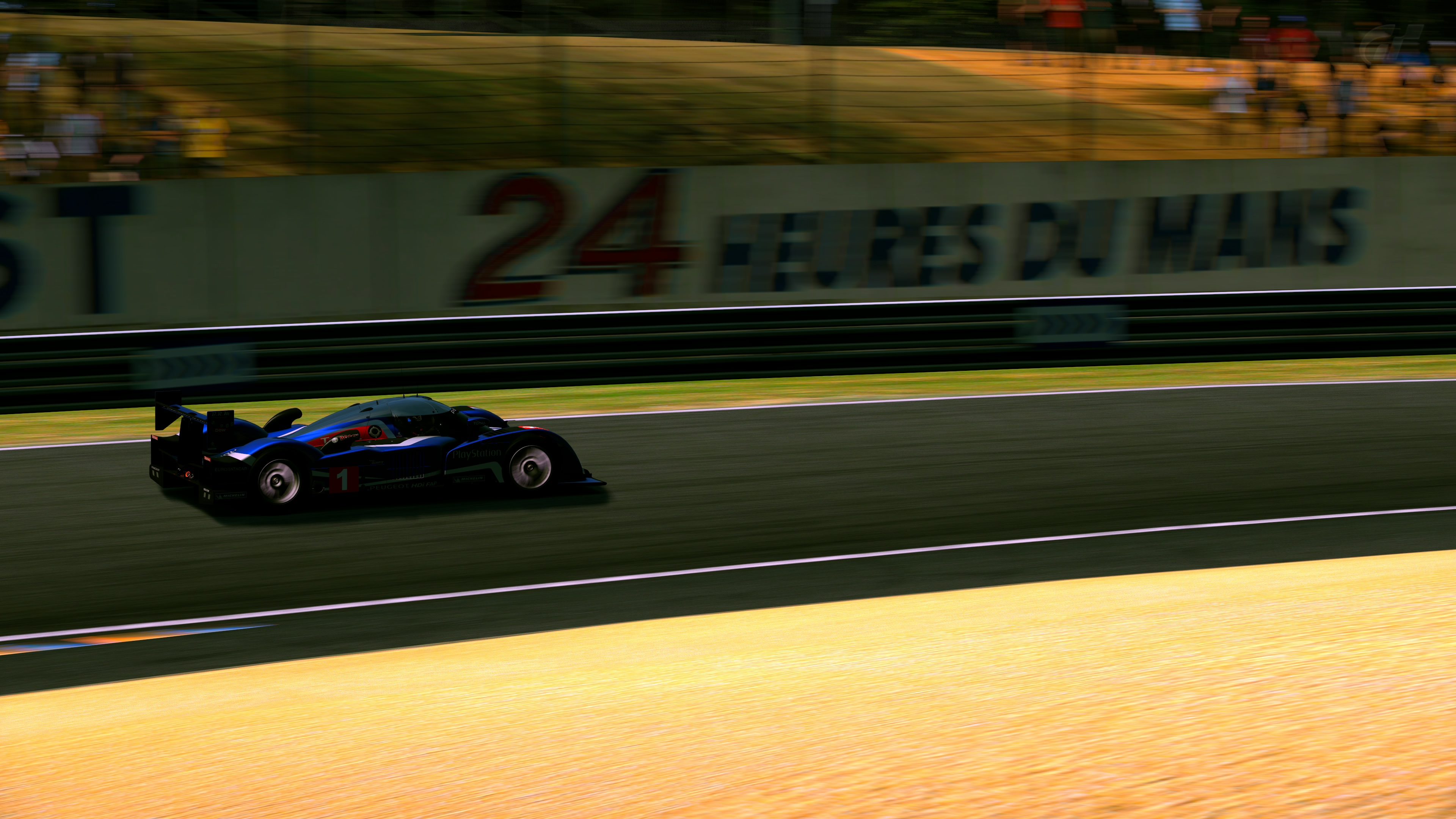
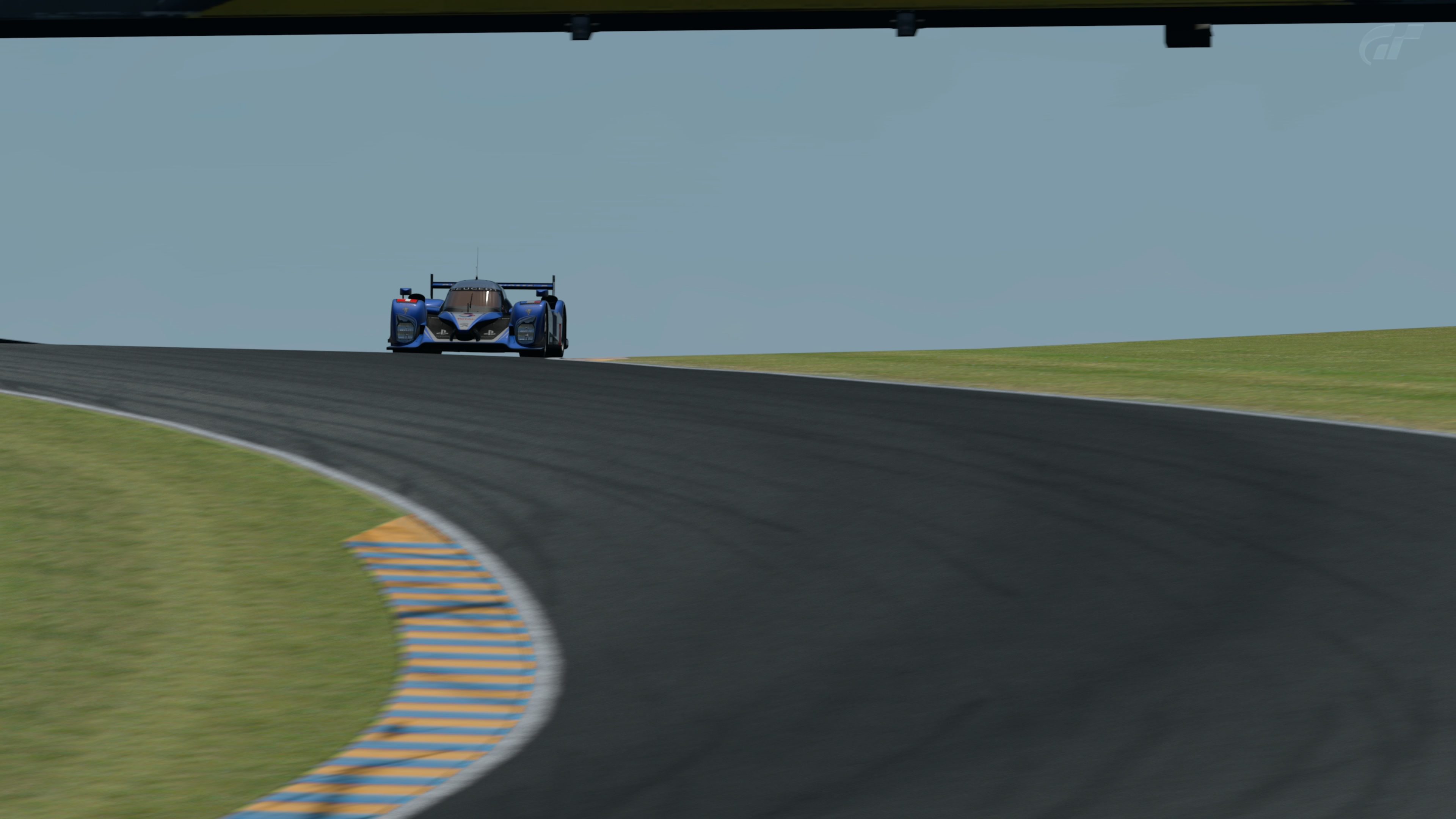
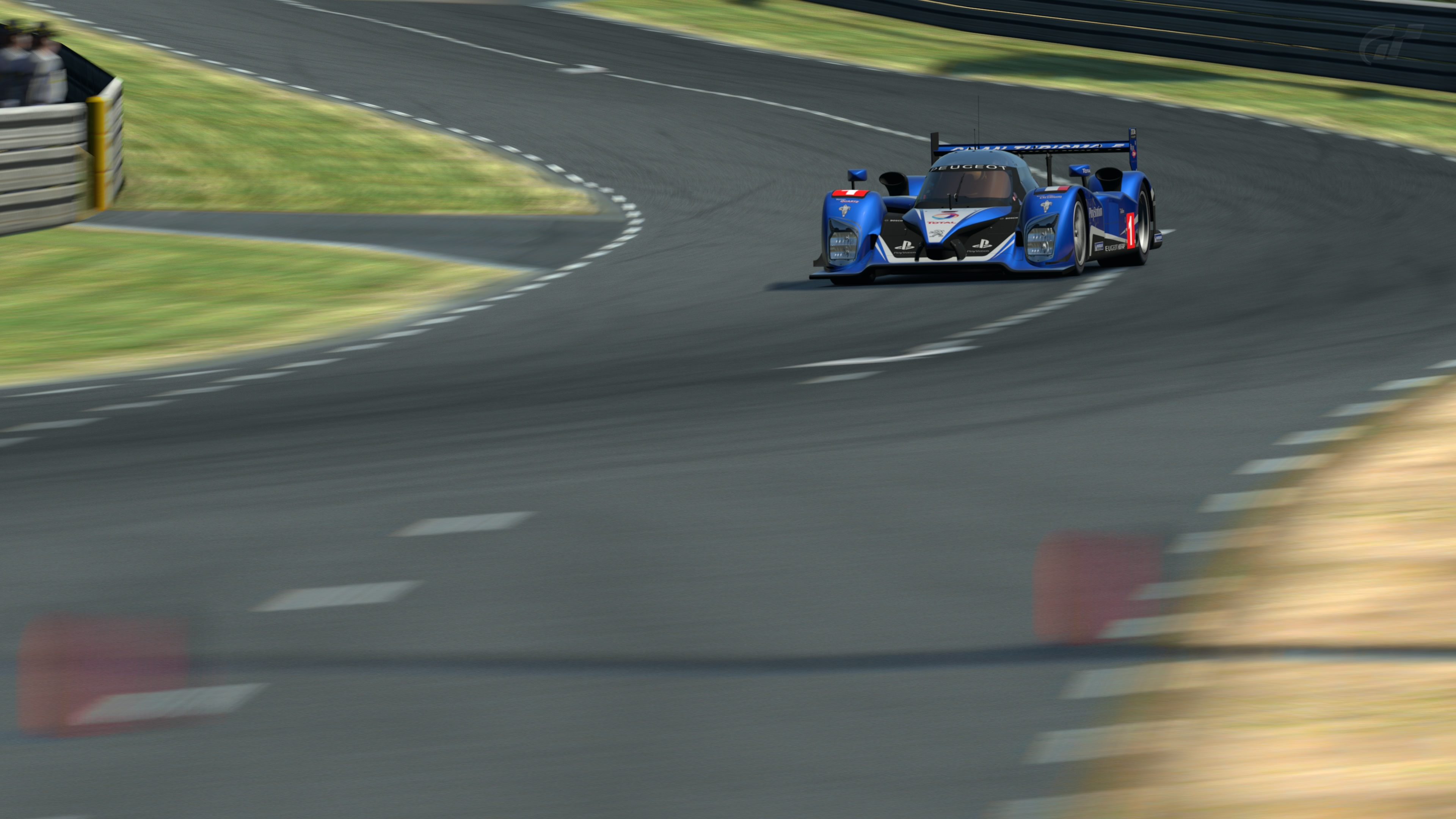
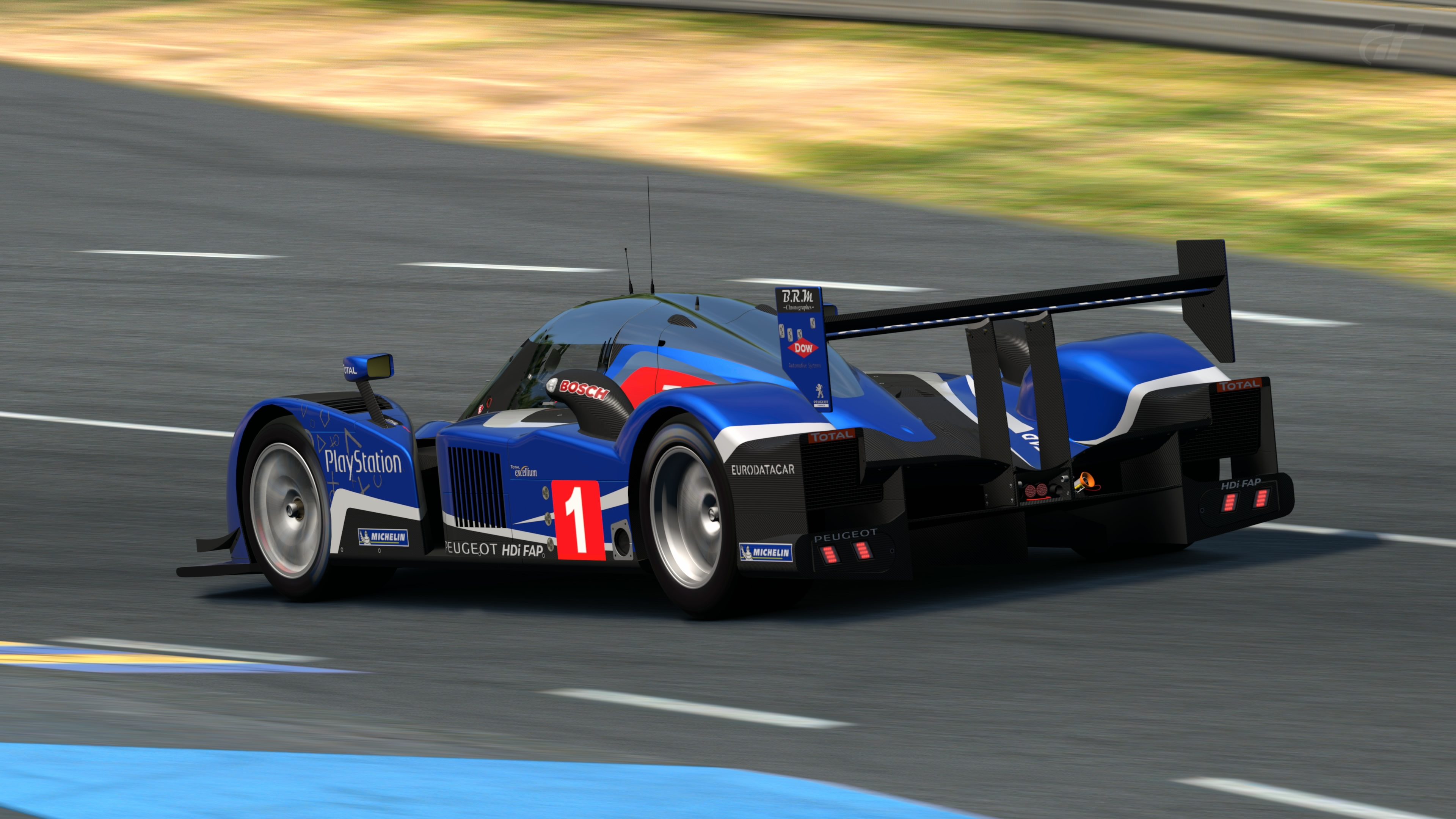
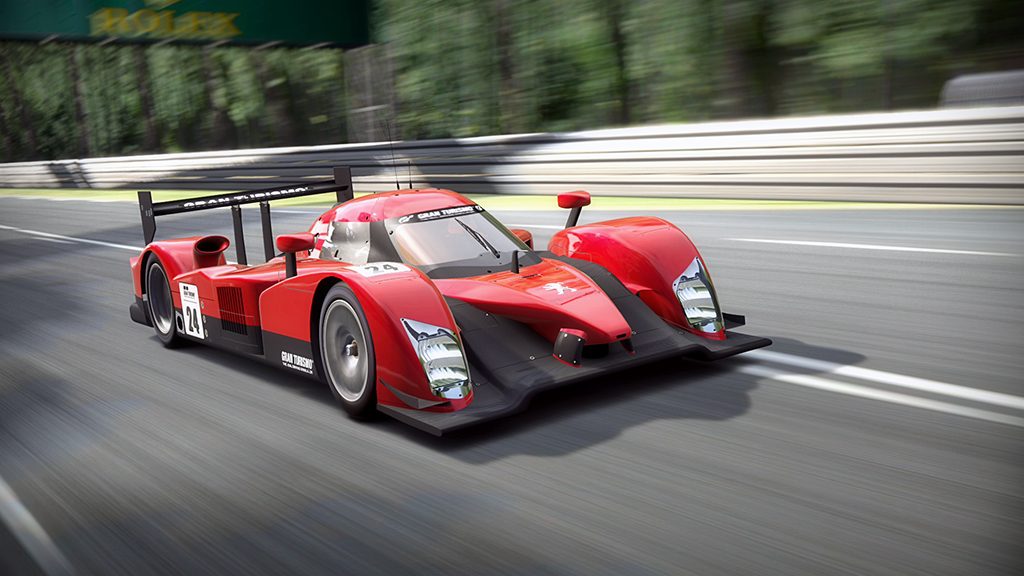
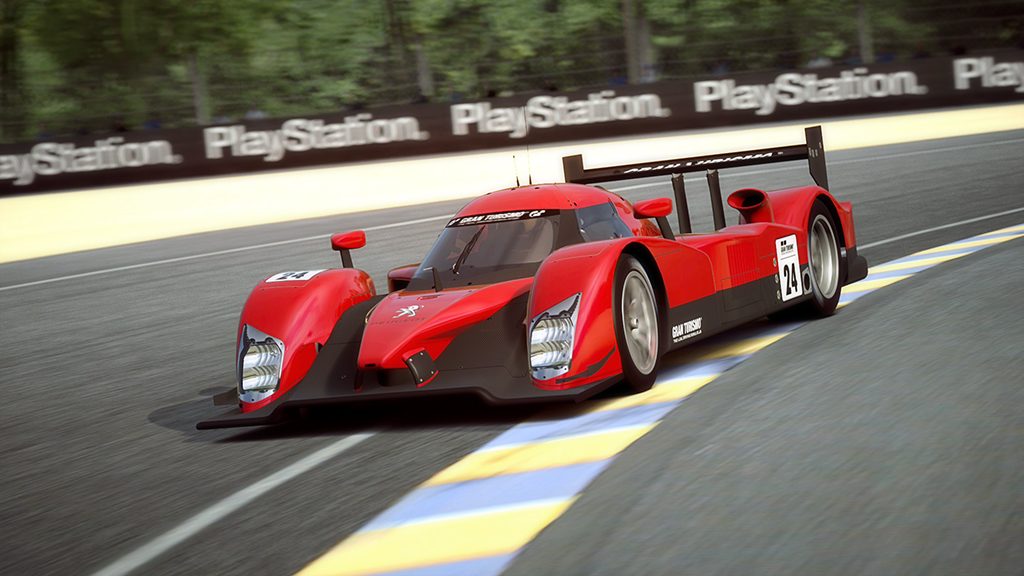
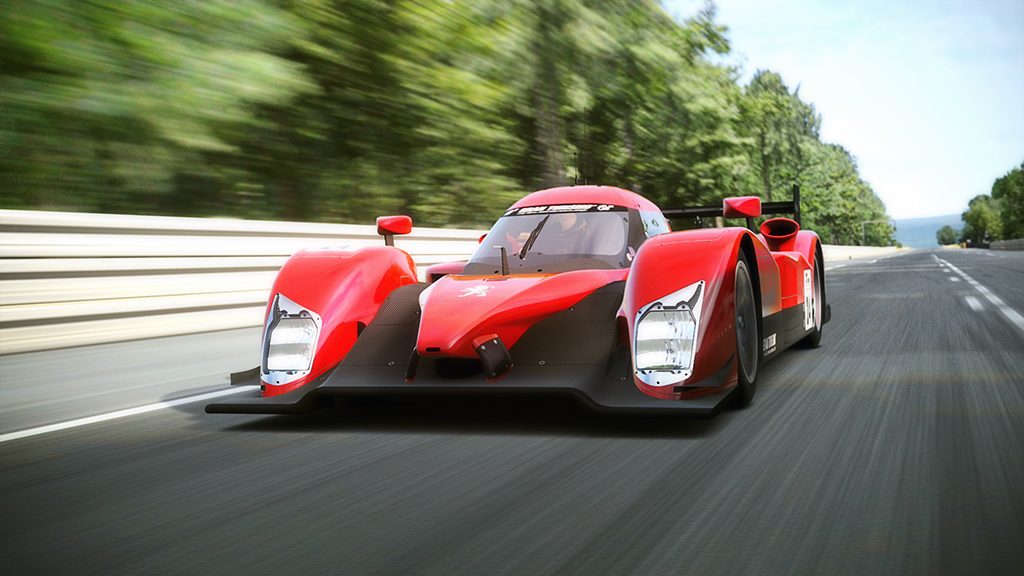
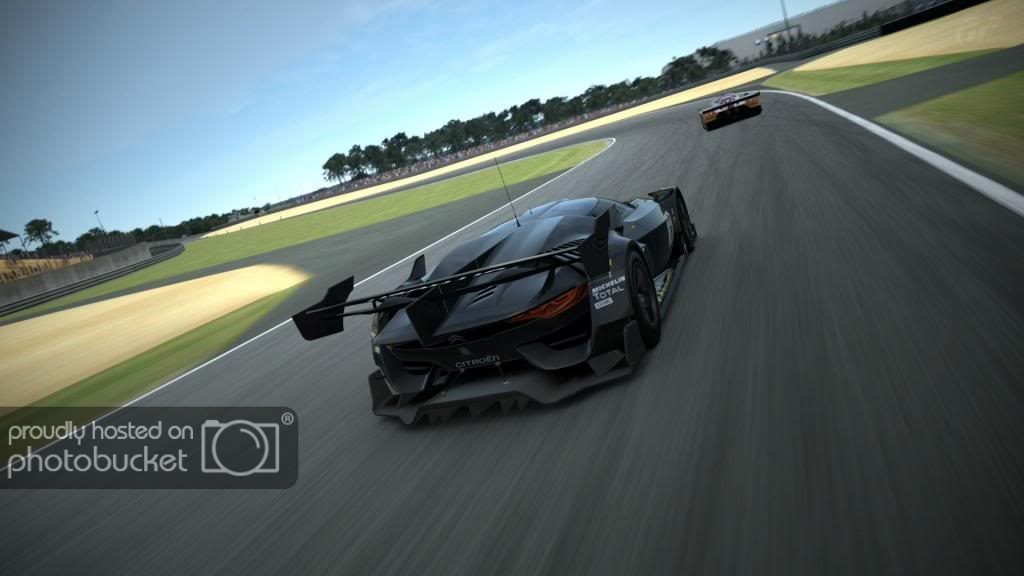
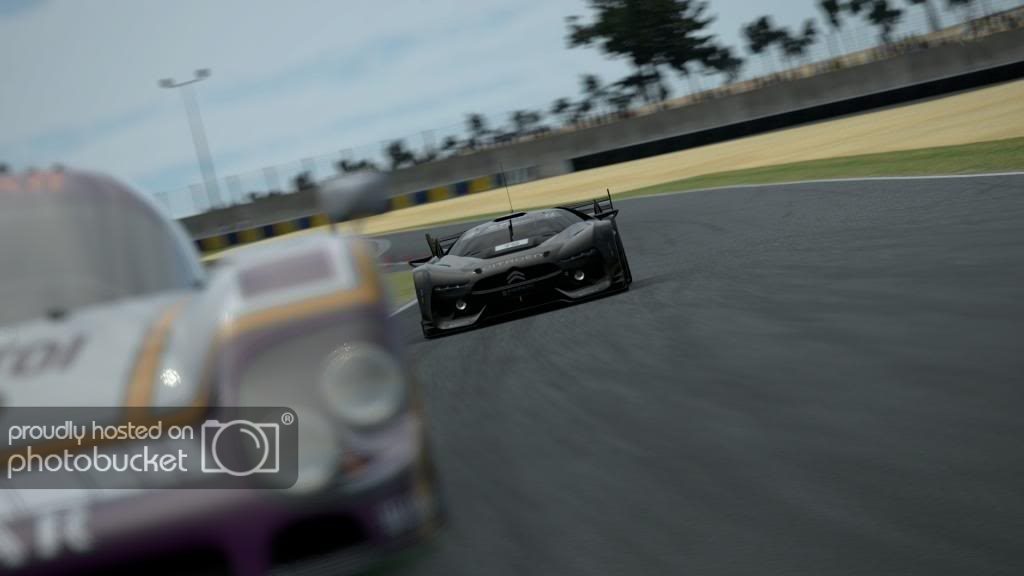
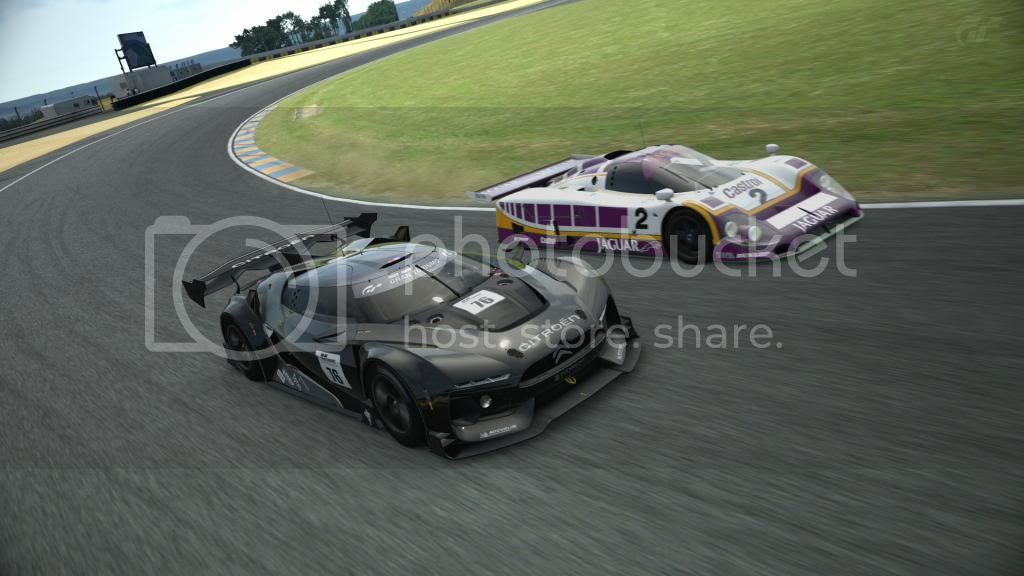
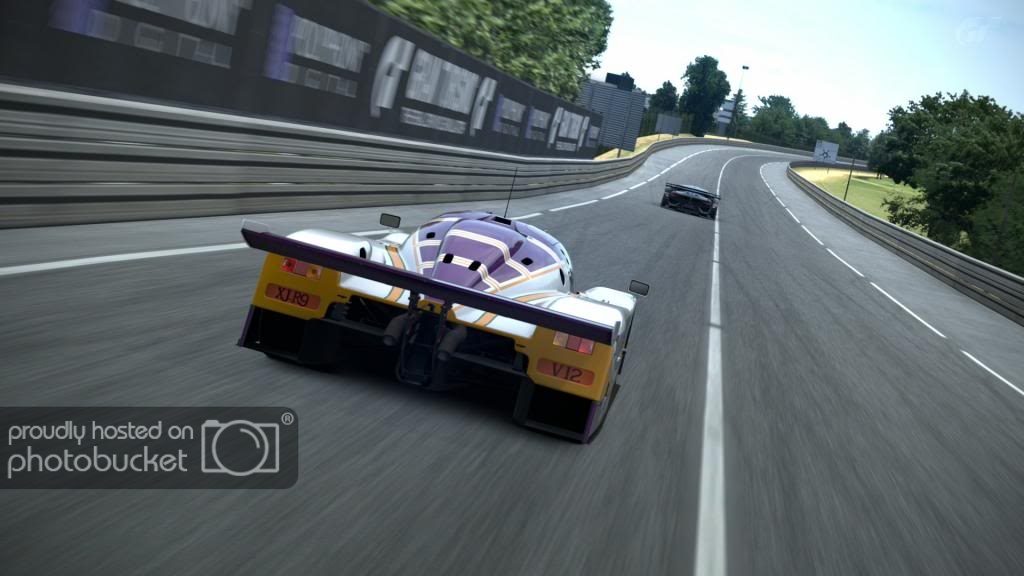
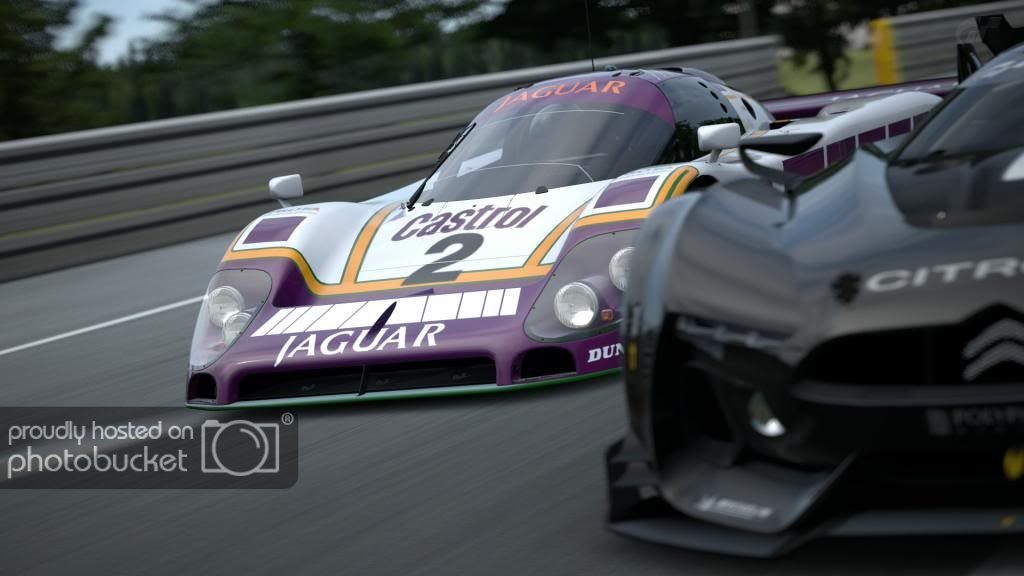
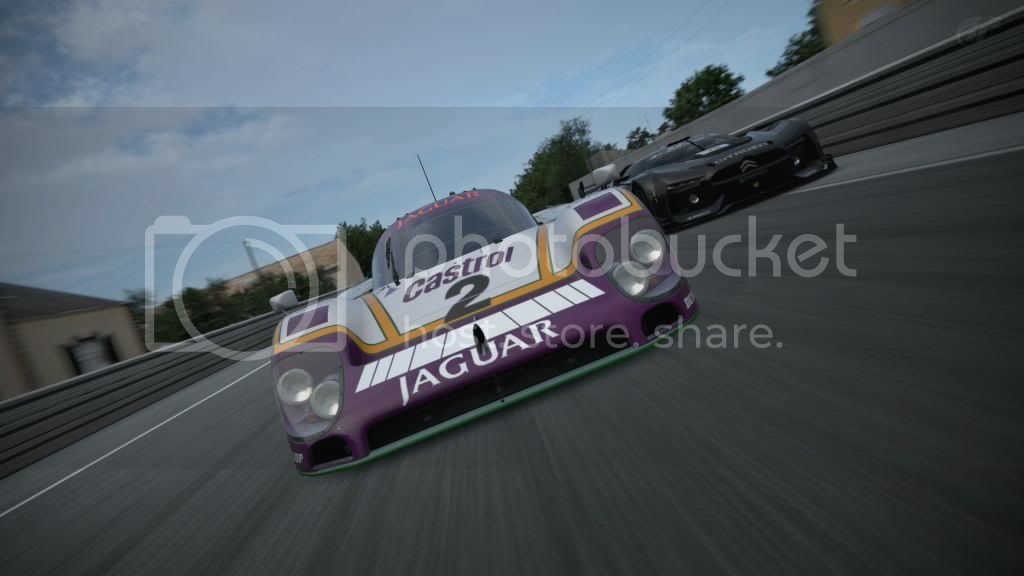
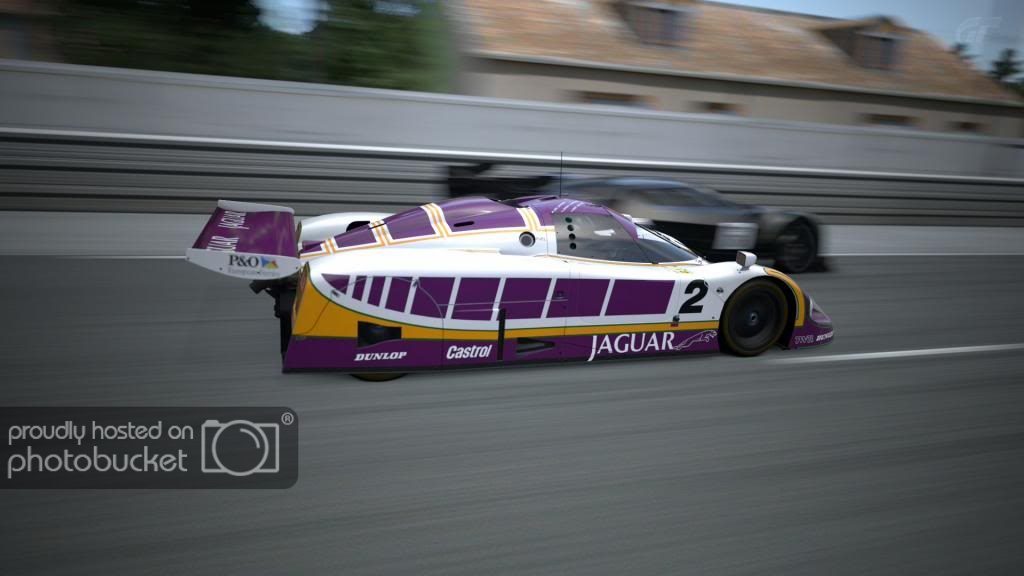
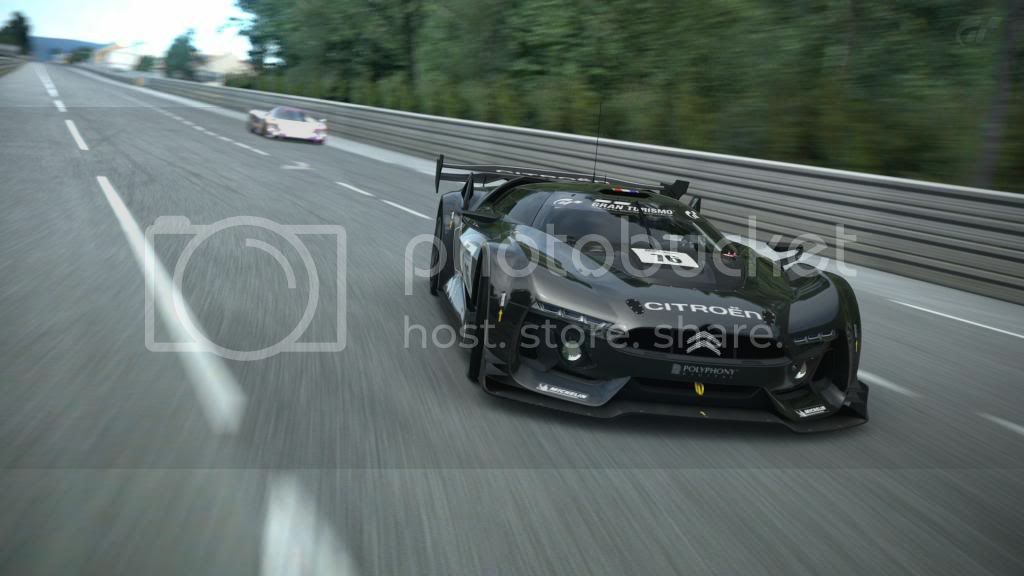
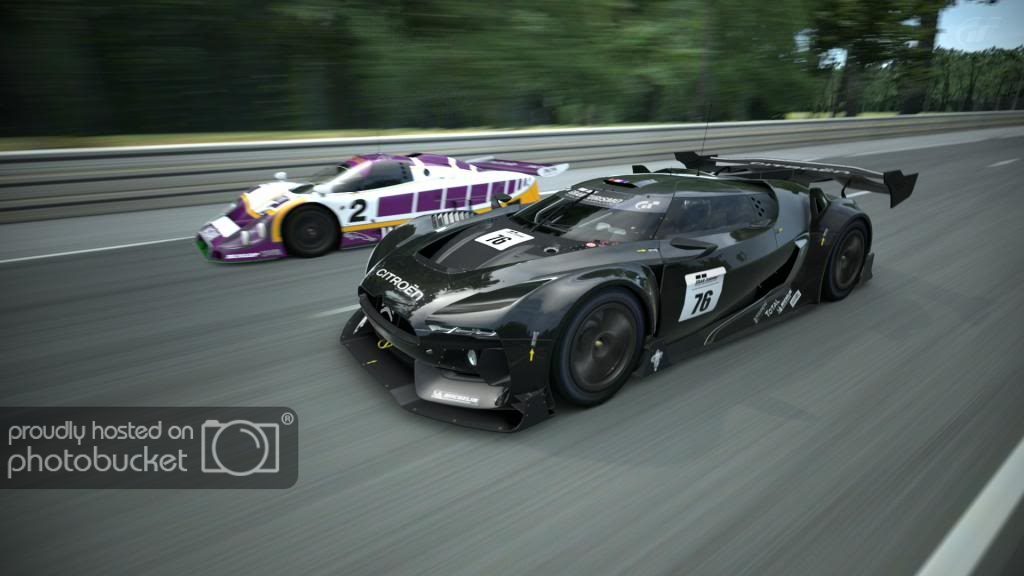
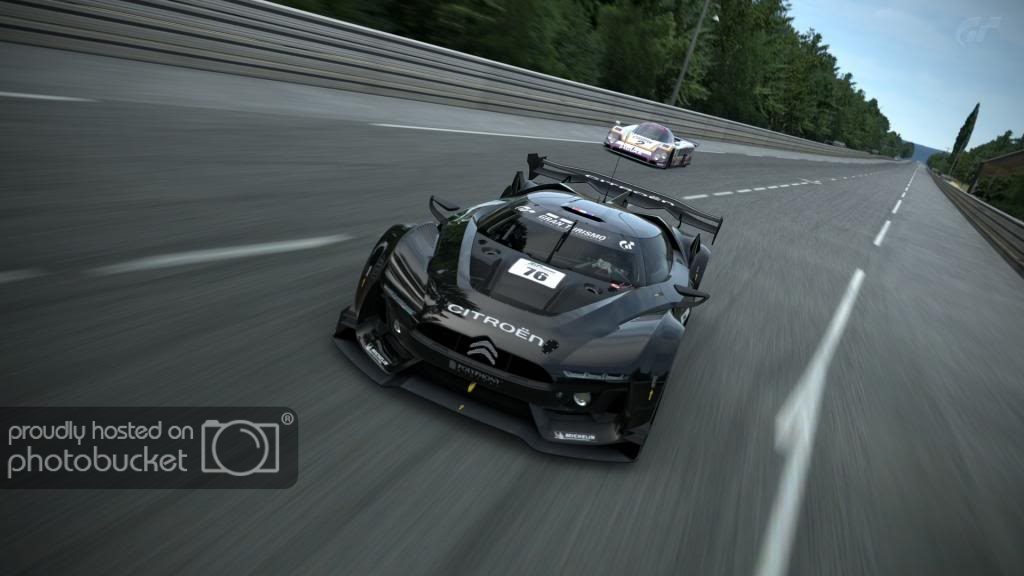
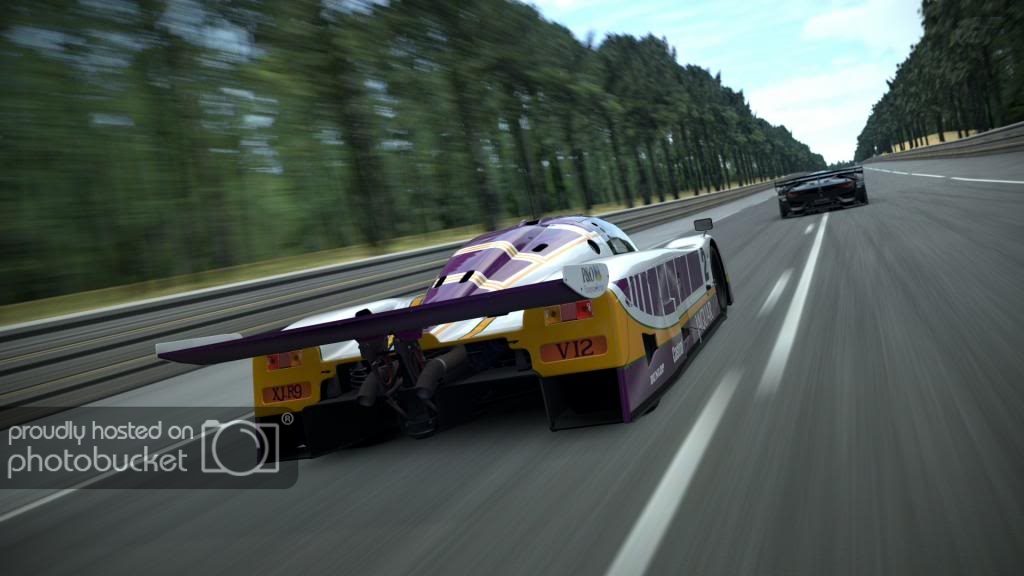
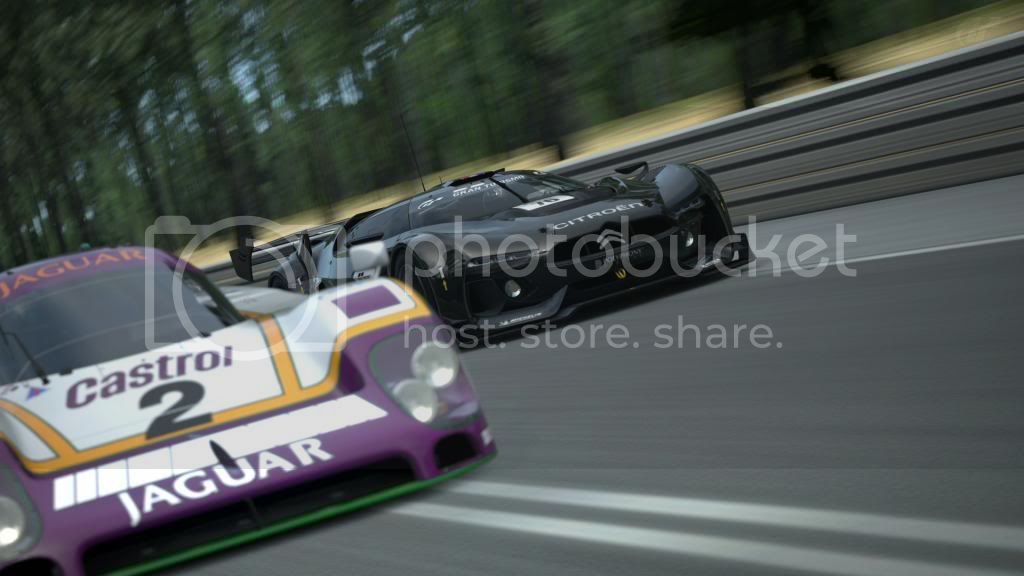
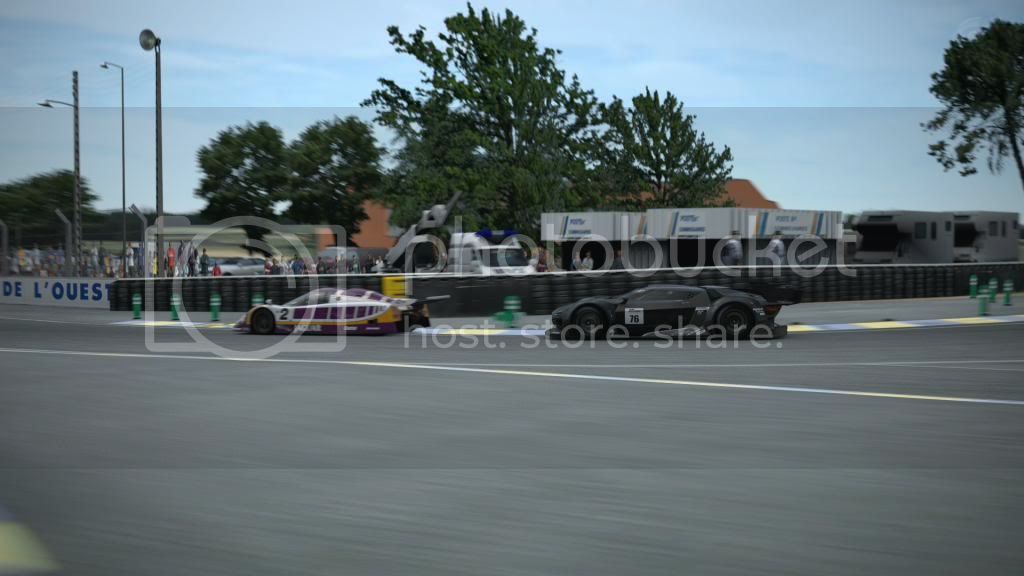

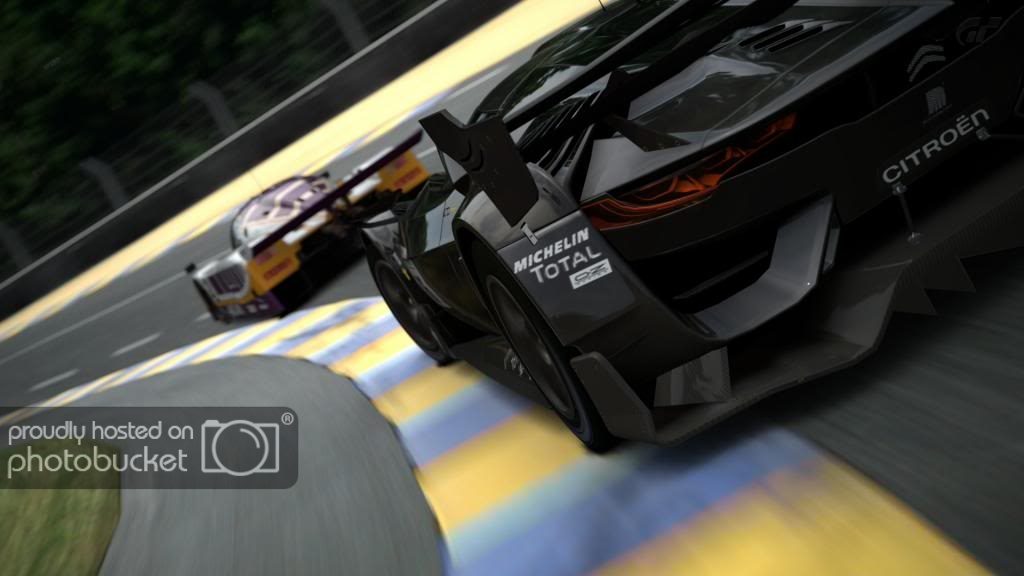
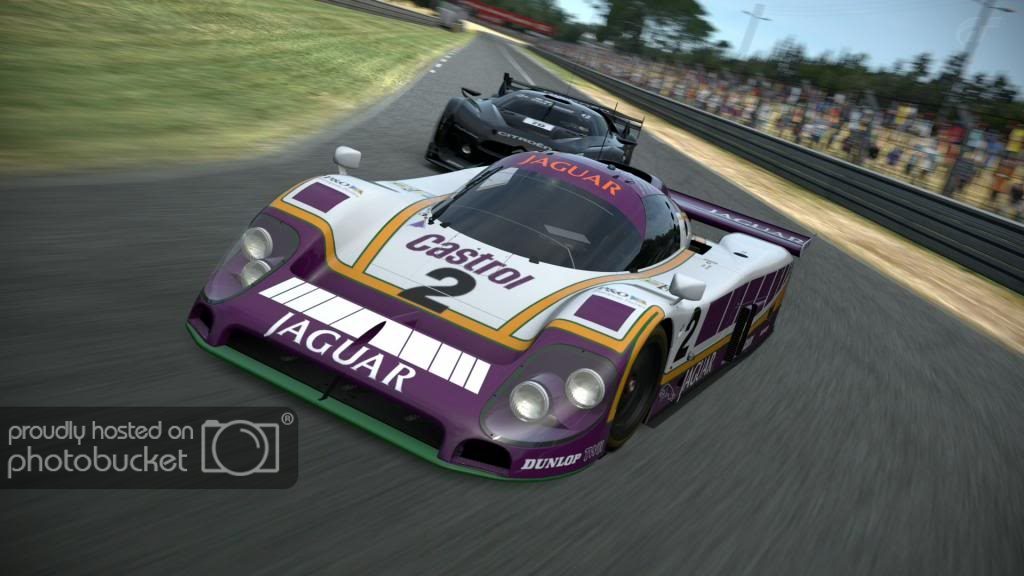
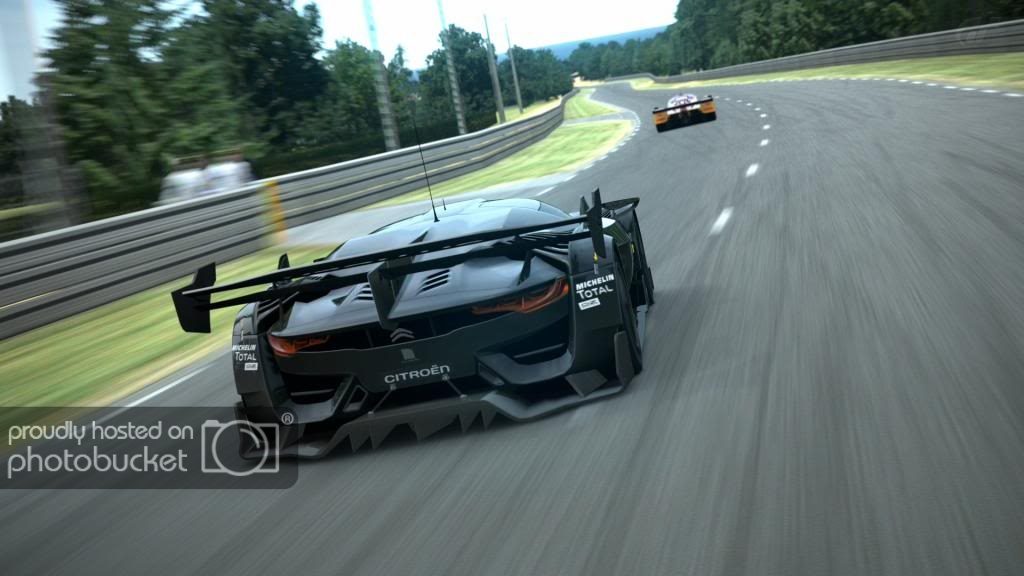
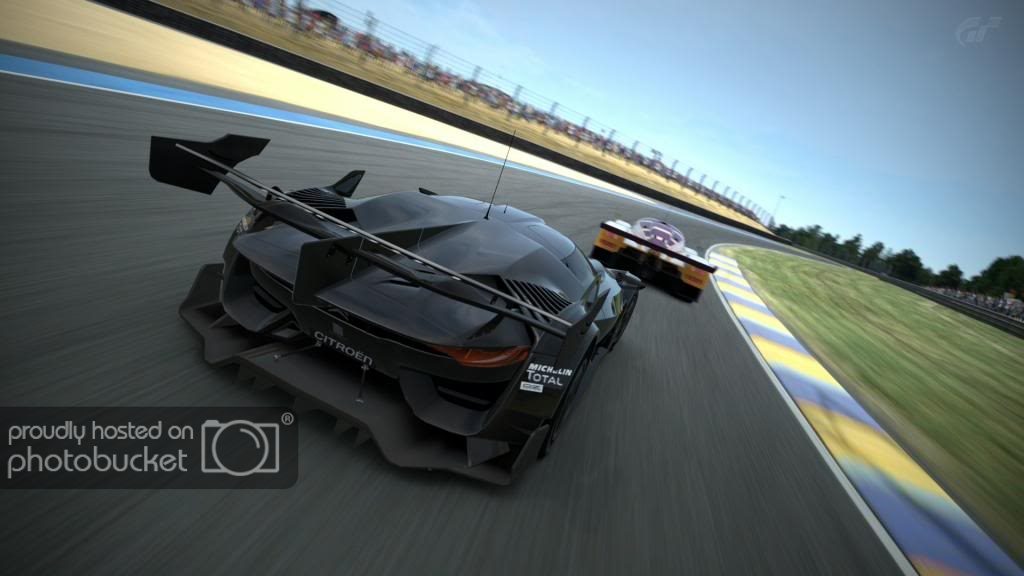
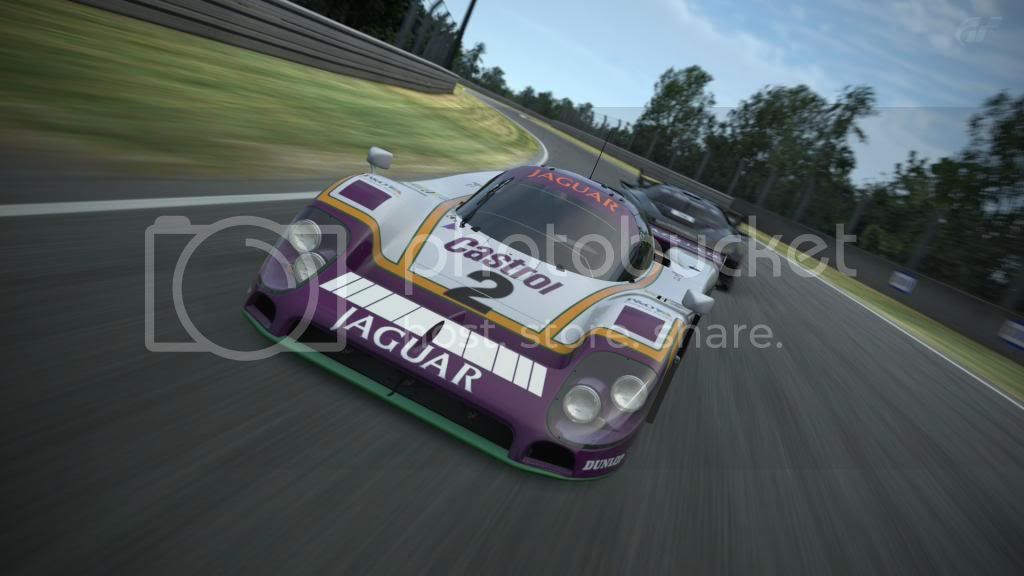
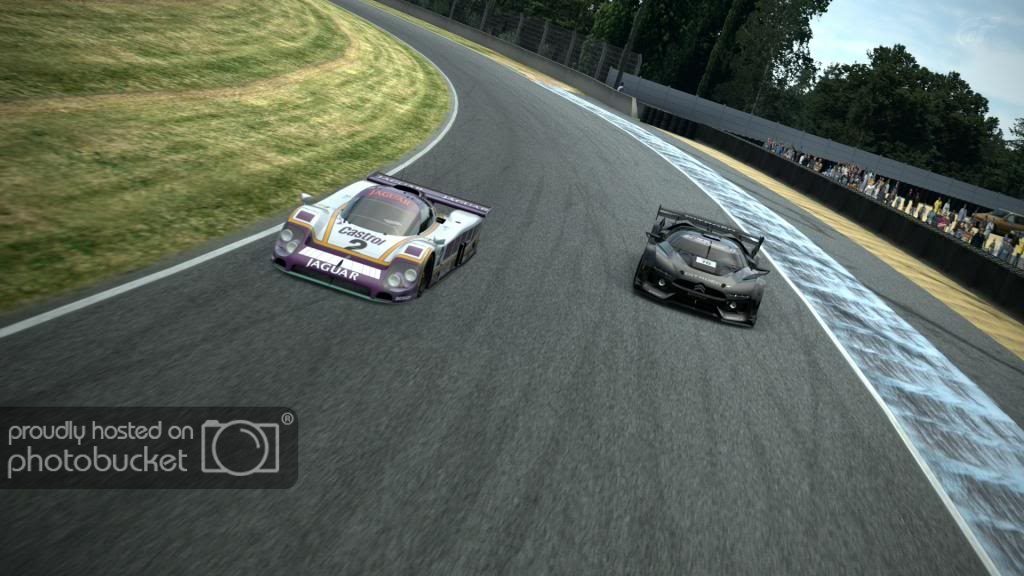
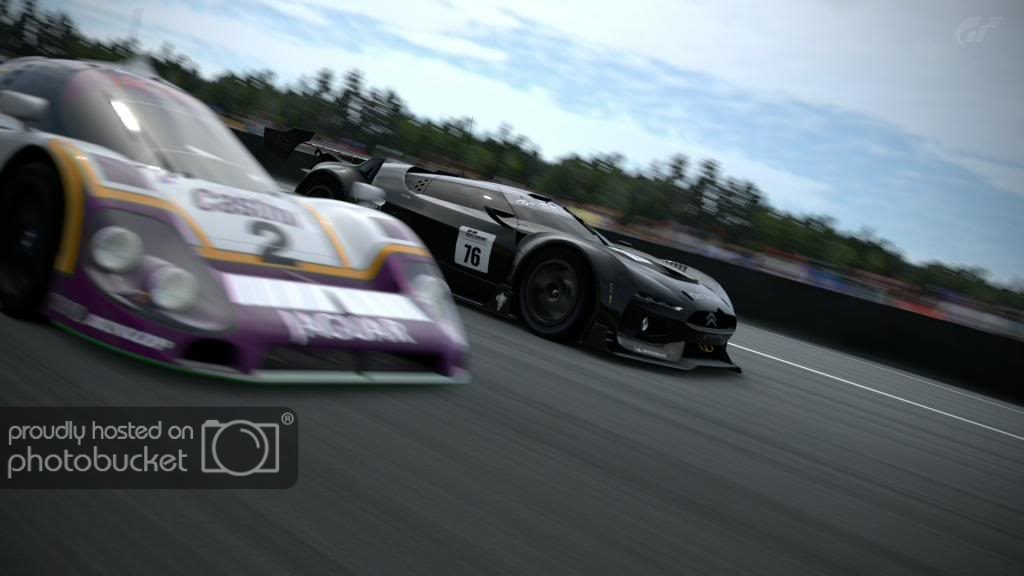
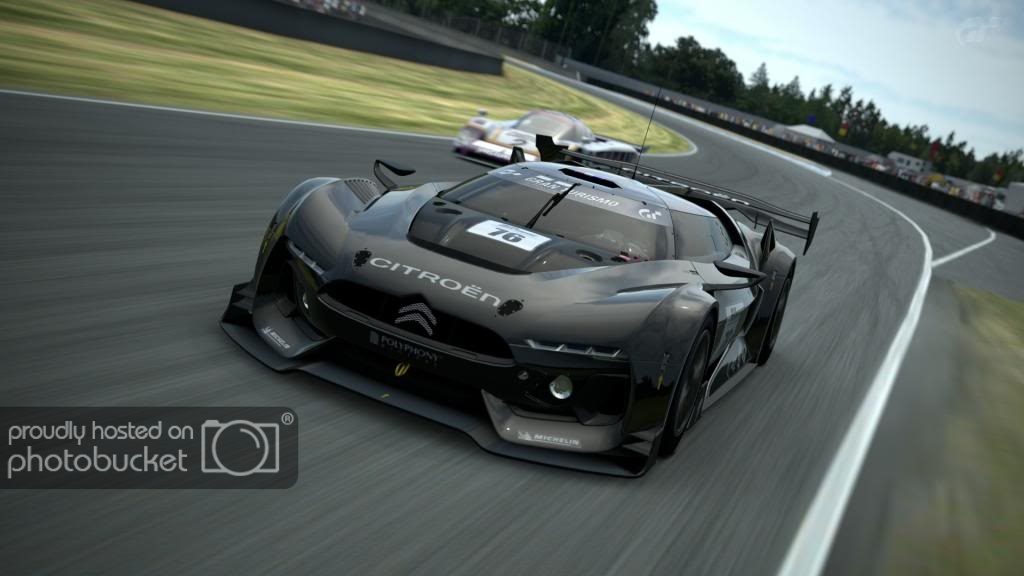
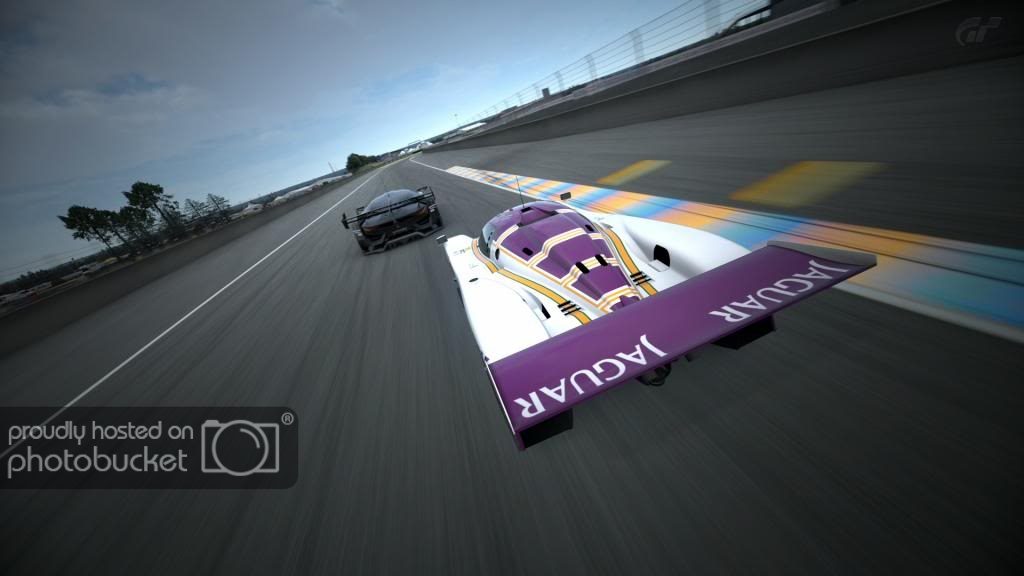
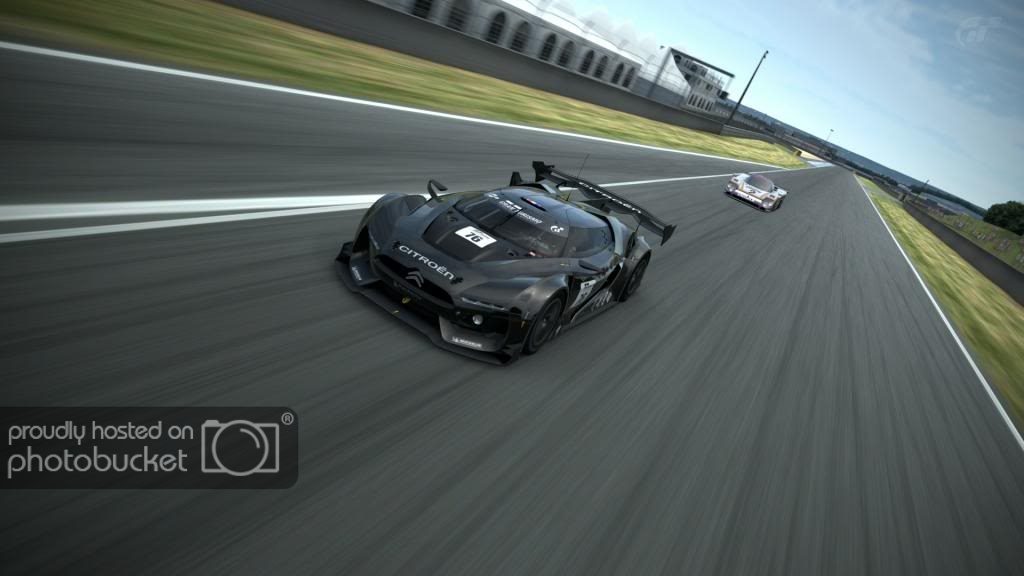
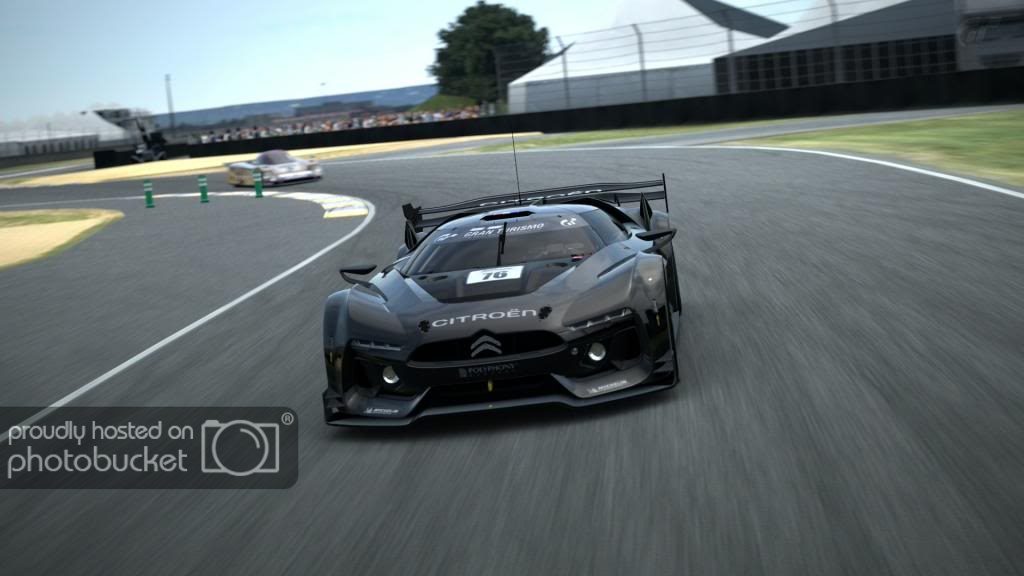
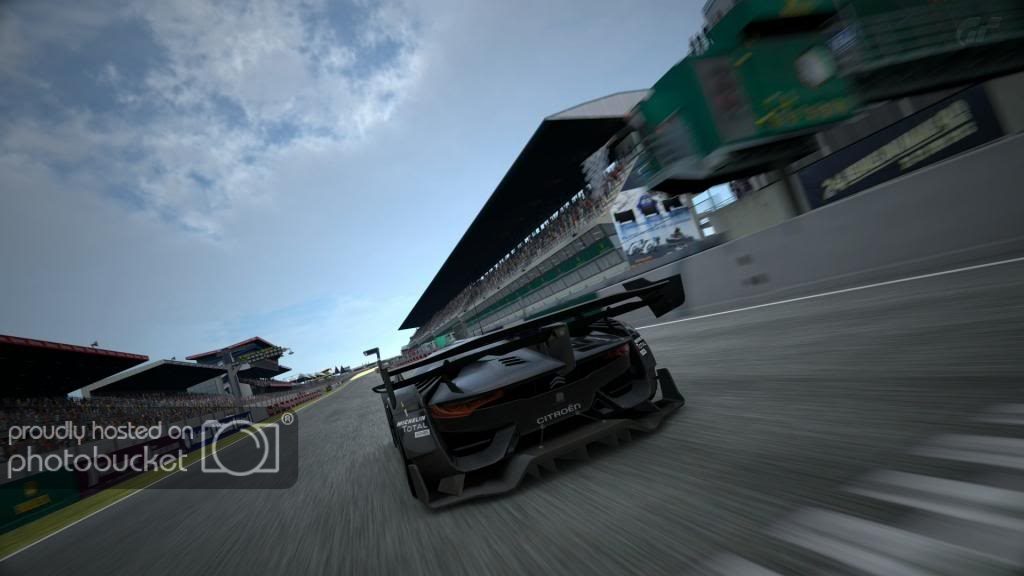
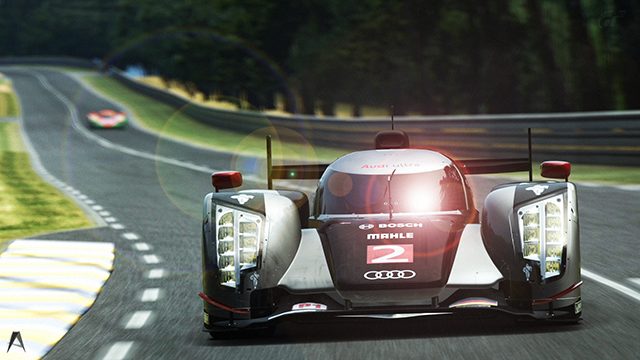


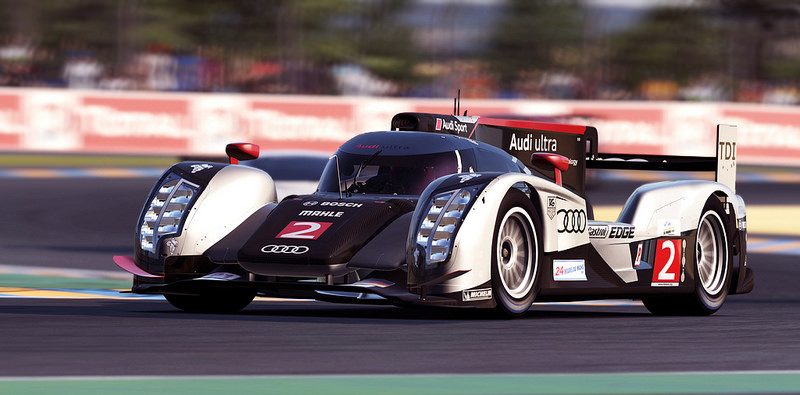

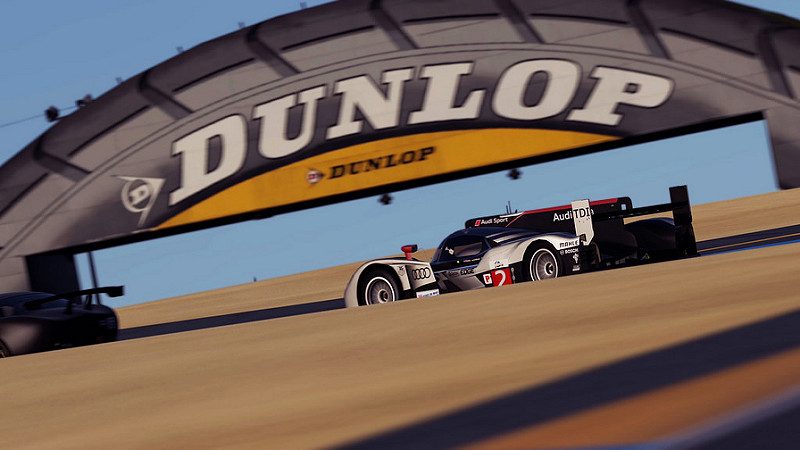








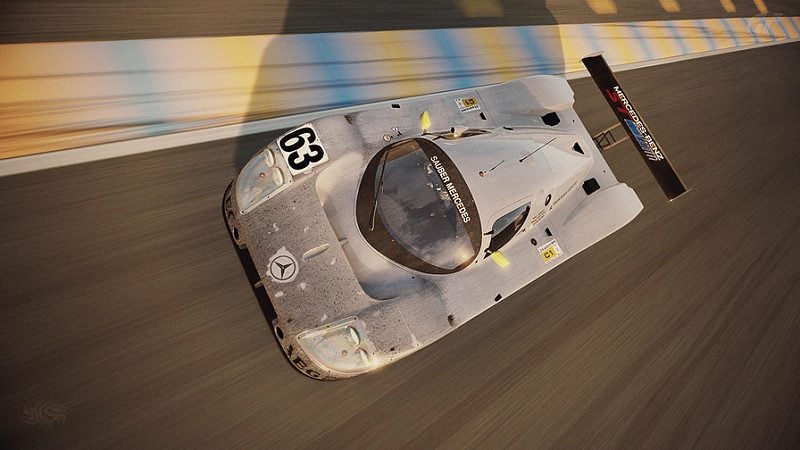 Sauber Mercedes C9 1989 24 Hours of Le Mans
Sauber Mercedes C9 1989 24 Hours of Le Mans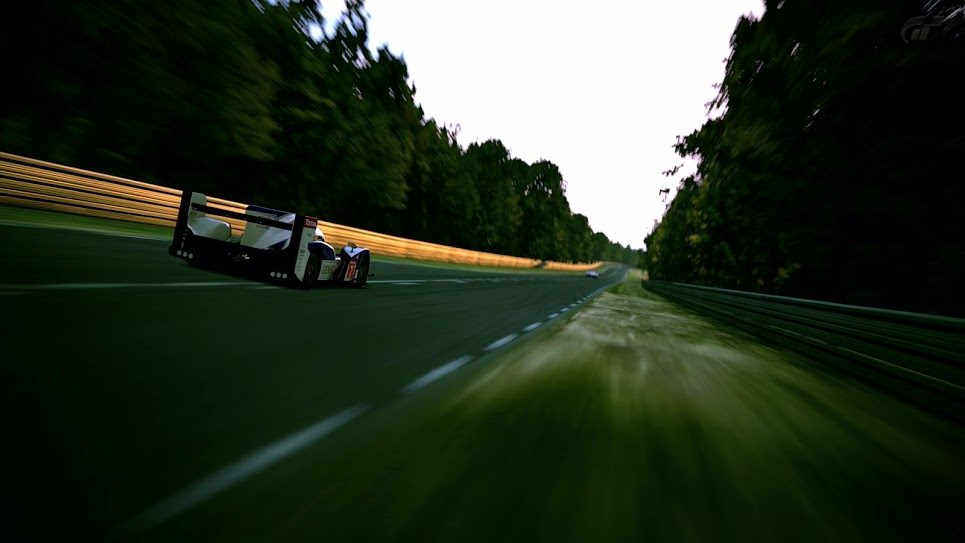

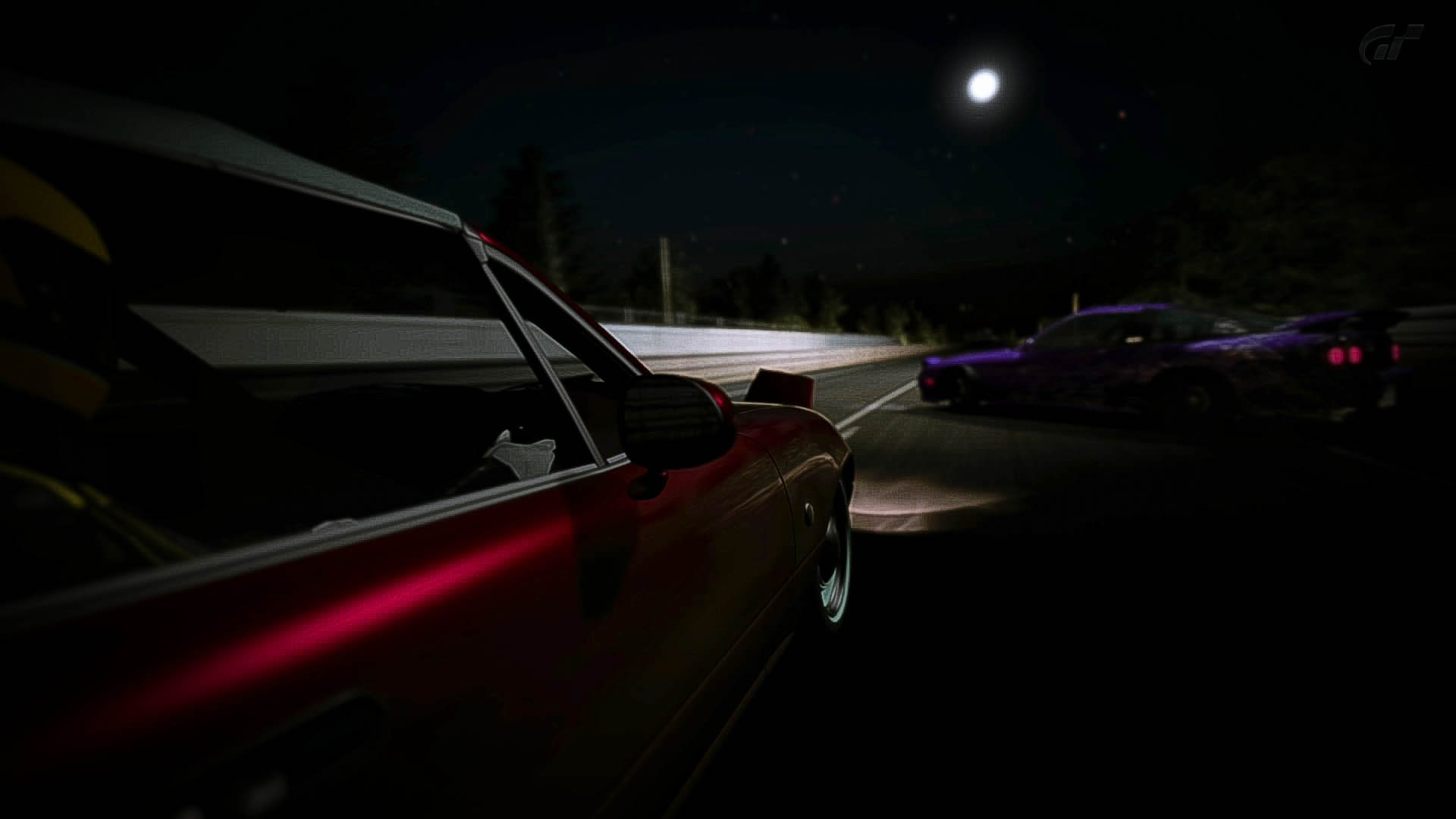
 Jaguar XJR-9 1988 24 Hours of Le Mans
Jaguar XJR-9 1988 24 Hours of Le Mans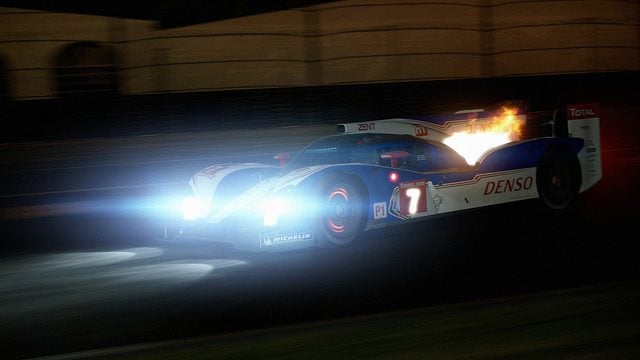

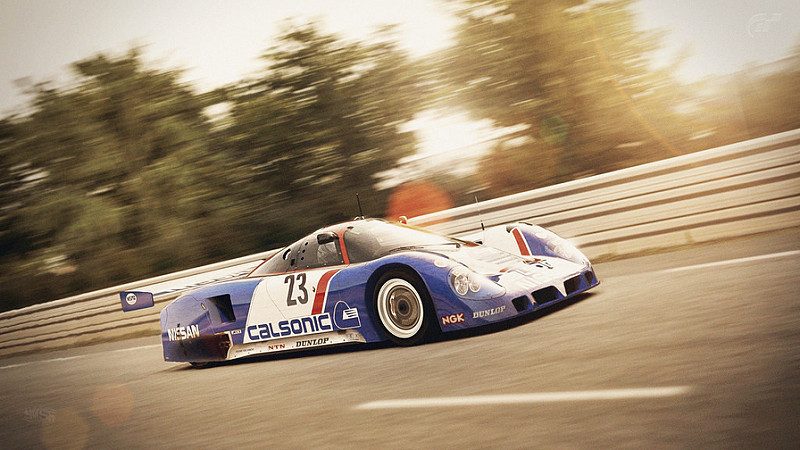 Nissan R89C 1989 24 Hours of Le Mans
Nissan R89C 1989 24 Hours of Le Mans














